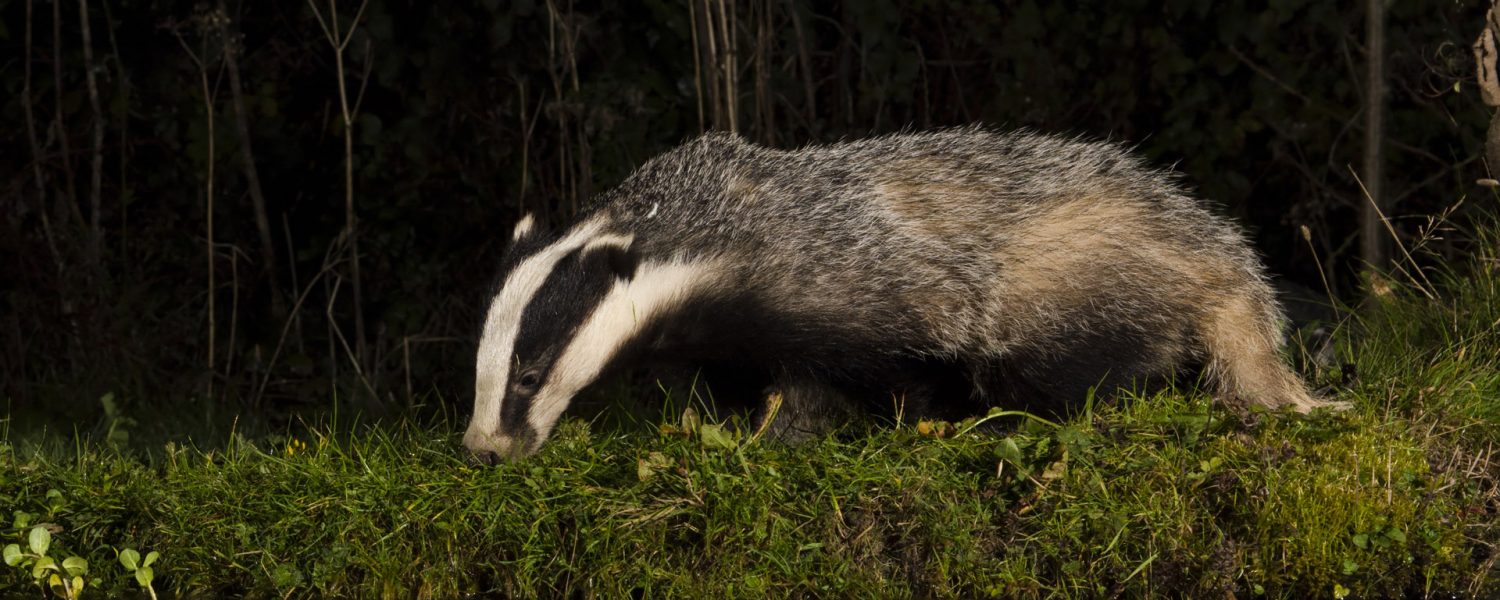“The fall of the perturbation effect hypothesis”

The new scientific Comment paper by Paul Torgerson and colleagues was published on 11 June in Royal Society Open Science (RSOS) (here), and is a comment on two 2024 re-evaluations of the Randomised Badger Culling Trial 1998-2005 (RBCT) statistics (here and here). These re-evaluations were, themselves, a rebuttal of the comprehensive re-evaluation by Professor Torgerson’s group earlier in 2024 (here) which was prompted by the heavily peer-reviewed published evidence in 2022 (see here) that industry-led post-2013 badger culling was having no effect on bTB cattle herd breakdowns. The latest RSOS Comment paper (and its notable peer-reviewer findings) is well timed to accompany the Government’s new general intention to end badger culling by the end of this parliament (2029).
The current bovine tuberculosis (bTB) epidemic flared up in 2001 due to mismanagement of cattle distribution. Officially TB Free-Withdrawn cases (OTF-W) peaked in beef and dairy herds in 2015, starting to fall after annual testing from 2010 and the gradual tightening of TB controls in cattle. But Officially TB Free-Suspended cases (OTF-S), that are also indicators of new infection, have slowly risen. BTB remains embedded in herds in many counties, and is a costly and destructive force across much of England and Wales, and throughout Ireland.
This area of epidemiology has been a hugely controversial subject, largely due to RBCT findings in 2006 that suggested the European Badger Meles meles (a legally protected mammal) plays a highly significant role in bTB spread in cattle. Subsequent Governments have culled approaching 250,000 largely healthy badgers in England since 2013. The policy has been justified using the RBCT’s ‘perturbation effect’ hypothesis, where one specific analytical approach was used to claim that this hypothesis could explain beneficial and negative effects of mass badger culling. It was hugely uncertain and speculative, but treated as ‘established science’ and ‘irrefutable fact’ by those seeking to see badgers culled for all kinds of reasons.
The 2024 Torgerson re-evaluation, looked at the way in which the differences in the number of cattle herds in ten paired comparison areas of countryside in the RBCT trial were adjusted for, together with the varied duration of experimental study periods. Further, model selection used in the original analysis was examined. The task of assessing the suitability of models from among the most likely candidates was undertaken, bearing in mind that the pre-experiment plan for data analysis was loose and open to interpretation – see Supplementary Material 1 of the Torgerson paper. In this part of the analysis it is the selection of the most appropriate model that is the most critical for verifiable results. More plausible models than that used in the original 2006 analysis (here) were readily apparent. The new study was able to demonstrate how these more plausible models show no effect of badger culling upon herd BTB breakdown rate.
Further, the team looked at how newer pathogenic evidence and interpretation, including better understanding of categories of TB-test reactor cattle, now more accurately informs decisions on what represents a new herd infection and herd risk status. The paper described the reality that using ‘all BTB breakdown’ data is by far the safest conclusion for policy application. And when ‘all data’ is used, there is no effect of culling over all models. APHA and Natural England still claim that they believe this is wrong, which enables them to carry on licensing badger culling.
So whilst the original conclusion of the RBCT study reported that culling of badgers can make ‘no meaningful contribution’ to the control of bovine TB in cattle herds remains correct, the true reasons for this being the case are surprisingly different to those given in 2006. It is not, as originally suggested, because of positive effects (in cull zones) and negative effects (in neighbouring zones), but because there are no measurable effects to be found. The ‘perturbation effect hypothesis’ is a major casualty of the new analysis – if it exists, the RBCT found no evidence of it.
Whilst direct or indirect transmission between wildlife and cattle cannot be ruled out on rare occasions, it is not present at the significant scale reported by the RBCT model choice and data selection. Wildlife infection should no longer be blamed for the inadequacies that are all but entirely due to poor disease management by Defra and APHA who dictate every move of the livestock industry.
All this is positive news for livestock, badgers and disease control. The 2020 policy direction to abandon lethal badger interventions is justified, with a renewed focus on cattle measures that are known to be effective. The ‘hidden reservoir’ of BTB is now sufficiently well understood for ‘new generation’ TB tests to deliver far better detection rates. If there was greater scope for their use (currently restricted), these would give a real opportunity to vets and farmers to work towards the bTB elimination rates last seen in the 1960s. The logical conclusion from these newly published findings is that since badger culling has no measurable disease control value, badger vaccination is very unlikely to either. Any badger vaccination field trials would be an expensive distraction, when it is proven cattle testing and movement measures that need to be implemented at scale to tackle the epidemic effectively.
Discover more from The Badger Crowd - standing up for badgers
Subscribe to get the latest posts sent to your email.

